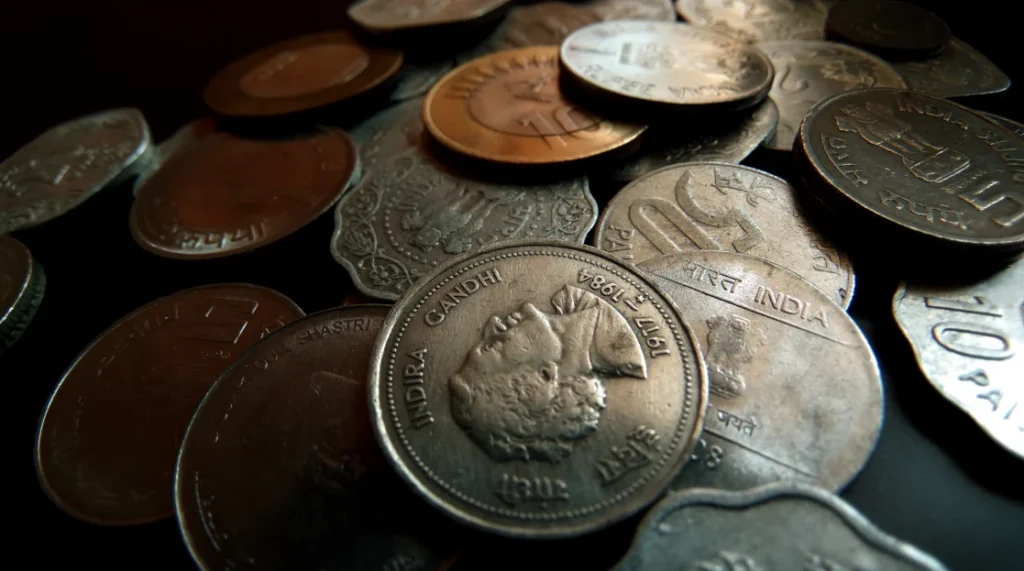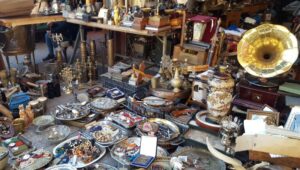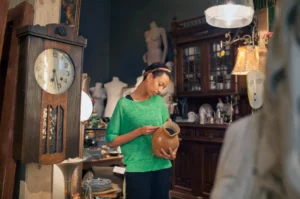Coins have always held a unique place in history. From commemorating rulers and empires to representing trade and economics, each coin tells a story. But beyond history, many old coins also hold substantial monetary value—sometimes hundreds, thousands, or even millions of dollars. If you’re wondering what old coins are worth money, this antique coin value guide will help you understand the key factors, types of valuable coins, and how to identify them.
Understanding Coin Value: What Makes a Coin Worth Money?
Before diving into specific coins, it’s important to underquestand what gives a coin value. Not all old coins are valuable, and not all valuable coins are very old. The worth of an antique or collectible coin is determined by a few critical factors:
1. Rarity
Rarity is one of the most influential factors. Coins that were minted in small quantities or survived in limited numbers are often more sought after.
2. Condition (Grading)
A coin’s condition, or “grade,” significantly impacts its value. Professional grading services assess coins from poor to mint state (MS). Even a common coin in perfect condition can be worth more than a rare coin in poor condition.
3. Historical Significance
Coins linked to important historical events or eras tend to attract more interest. This adds collectible value beyond the coin’s material or age.
4. Mint Errors
Some of the most valuable coins were the result of mistakes. Misprints, off-center strikes, or double dies can make coins exceptionally rare and desirable.
5. Precious Metal Content
Coins made of gold, silver, or platinum will always have a base value tied to metal prices, even if they lack collectible demand.
Most Valuable Old Coins in U.S. History
While coin collecting is a global interest, U.S. coinage offers some of the most well-known examples of valuable antique coins. Here are several that stand out for their rarity and worth:
1794 Flowing Hair Silver Dollar
Believed by many numismatists to be the first silver dollar issued by the U.S. Mint, this coin is extremely rare. A well-preserved specimen sold for over $10 million at auction.
1933 Saint-Gaudens Double Eagle
This $20 gold coin was never officially released into circulation due to Roosevelt’s gold recall. Most were melted down, but a few escaped—making this coin one of the rarest and most valuable in the world.
1913 Liberty Head Nickel
Only five known examples of this coin exist. In pristine condition, they have sold for more than $4 million, making it a legendary coin in American numismatics.
1943 Bronze Lincoln Penny
In 1943, pennies were made from zinc-coated steel due to copper shortages during WWII. A few copper ones were mistakenly minted and now fetch six figures or more in the rare coin market.
1894-S Barber Dime
With only 24 minted and less than 10 known to exist today, this dime can command up to $2 million at auction.
How to Identify Valuable Antique Coins?
Many people unknowingly own valuable coins hidden in boxes, jars, or old wallets. To identify them, consider these steps:
Examine the Date and Mint Mark:
Older doesn’t always mean more valuable, but certain dates—especially with rare mint marks like “S” (San Francisco) or “D” (Denver)—can indicate high value.
Inspect for Errors:
Misprints or striking errors can increase a coin’s worth substantially. Look for things like doubled text, misaligned edges, or unusual features.
Assess the Condition:
Avoid cleaning old coins, as it can reduce their value. Instead, observe surface wear, clarity of details, and luster. Consider having your coin professionally graded by services like PCGS or NGC.
Check the Material:
Some coins appear copper or silver-colored but may be made from a valuable metal alloy. A professional appraisal or home test (such as weight and magnetism) can help determine composition.
Popular Collectible Coins to Look Out For
Here are two categories of valuable coins that are commonly found by collectors and antique enthusiasts:
1. U.S. Coins That Often Hold Value
- Indian Head Pennies (1859–1909)
- Buffalo Nickels (1913–1938)
- Morgan Silver Dollars (1878–1921)
- Mercury Dimes (1916–1945)
- Standing Liberty Quarters (1916–1930)
2. Foreign Coins That Are Worth Collecting
- British Gold Sovereigns
- Canadian Silver Dollars
- Pre-Euro European Gold Coins
- German Empire Marks
- Ancient Roman Denarii
Even if you’re not located in the U.S., many foreign coins—especially those made from silver or gold—retain international collector interest.
Coin Collecting vs Coin Investing
Many people begin with coin collecting as a hobby, then shift toward investing when they realize the potential gains. The difference is in the approach:
- Collectors focus on completing sets, historical context, or aesthetics.
- Investors buy coins based on rarity, condition, and expected value appreciation.
Whether you are collecting or investing, you should always:
- Verify authenticity
- Avoid impulse buys
- Study coin market trends
- Keep coins protected in appropriate holders
Where Can You Sell Old Coins?
If you discover valuable coins in your possession, you may want to sell them for a profit. Here are two common and effective selling options:
Local Dealers and Coin Shops
Local dealers provide fast appraisals and direct payment but may offer less than market value due to resale margins.
Online Coin Marketplaces
Platforms like eBay, Heritage Auctions, and GreatCollections give access to global buyers. While the potential for higher returns is greater, you’ll face listing fees, shipping duties, and competition.
Other avenues include:
- Coin shows
- Antique fairs
- Numismatic conventions
- Reputable auction houses
How to Preserve and Store Old Coins?
A coin’s value is closely tied to its condition, so proper care is essential. Always store coins in a cool, dry environment away from sunlight, humidity, and handling.
Use professional storage tools like:
- Acid-free cardboard holders
- Airtight plastic capsules
- Coin albums with protective sleeves
Do not clean your coins. Even well-intentioned cleaning can scratch or dull the surface, stripping away original mint luster and drastically lowering value.
Common Misconceptions About Antique Coin Values
It’s easy to assume that every old coin is worth a fortune—but that’s not always the case. Here are a few myths:
- “The older the coin, the more valuable it is.”
Not true. A coin’s value depends more on rarity and condition than just age. - “All silver coins are worth hundreds.”
While silver content does add value, many silver coins only sell for melt price unless they’re rare. - “Cleaning coins makes them worth more.”
In fact, cleaning coins can destroy collector value and even make them unsellable to serious buyers.
Final Thoughts
Identifying what old coins are worth money requires a blend of historical insight, visual inspection, and current market knowledge. Whether you’re new to coin collecting or have inherited a batch of old coins, this guide should help you determine if you’re holding something truly special.
If you believe you have valuable coins, take the next step: consult an expert, get your coins appraised, and consider professional grading. These actions will give you a clear picture of your collection’s potential and how best to preserve or sell it.
Antiques and Collectibles Buyers is your trusted partner for evaluating and purchasing old coins, rare collectibles, and precious heirlooms. Contact us today for a free, no-obligation consultation. Let our experts help you unlock the hidden value in your collection.




